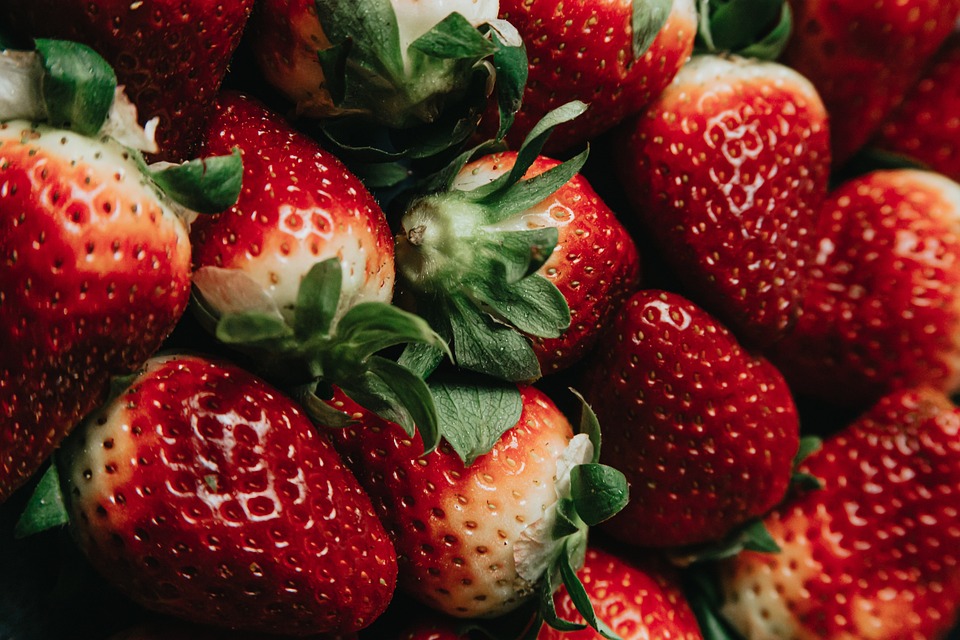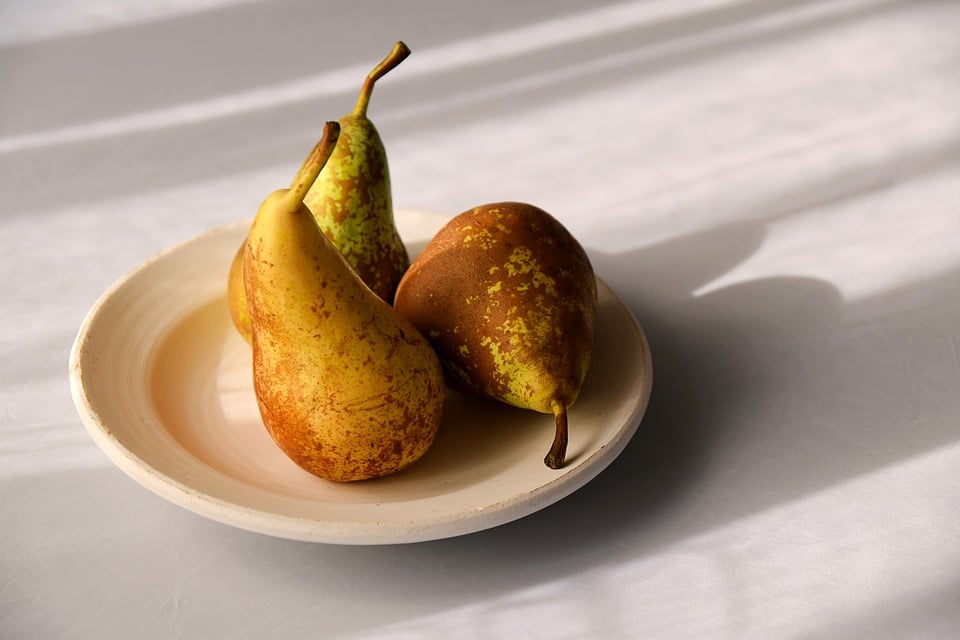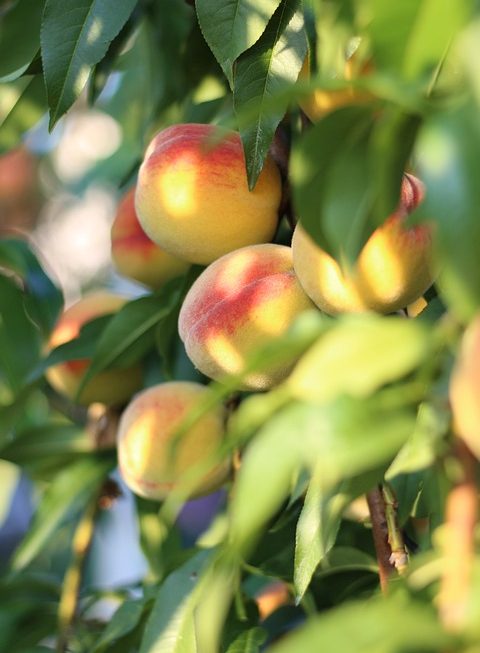The aroma of freshly brewed coffee wafts through the air, a comforting signal that a new day has begun. For millions around the globe, this ritual is more than just a morning habit; it’s a cherished experience steeped in history, culture, and craftsmanship. But have you ever stopped to consider the incredible journey that transforms a simple coffee bean into the rich, flavorful cup you hold in your hands? Let’s explore the story of coffee from bean to brew.
The Seed of a Story: Coffee Cultivation
The journey of your morning cup begins with the coffee bean, which is, in fact, the seed of the coffee cherry—a fruit that grows on coffee plants. These plants thrive in specific climates found within the "Coffee Belt," which stretches across the equatorial regions of the Americas, Africa, and Asia.
Choosing the Right Coffee Variety
There are two predominant species of coffee: Arabica and Robusta. Arabica, known for its smooth, nuanced flavors and lower caffeine content, accounts for about 60-70% of the world’s coffee production. In contrast, Robusta is stronger, more bitter, and contains higher caffeine levels, making it a popular choice for espresso blends and instant coffee. Farmers select the variety based on local conditions, market demand, and flavor profiles.
Harvesting and Processing
The harvesting process is meticulous and requires skilled labor, especially for Arabica beans, which ripen at different times. In many regions, coffee cherries must be hand-picked when they are at their peak ripeness to ensure quality. Once harvested, the cherries undergo processing to separate the beans from the fruit. There are two common methods: the dry (natural) process and the wet (washed) process.
- Dry Process: Whole cherries are spread out in the sun to dry, allowing the sugars and flavors to develop in the beans.
- Wet Process: Cherries are pulped to remove the outer skin, then fermented to separate the beans from the mucilage before being dried.
Each method imparts different flavor characteristics to the beans, a subtle reminder that the journey is just beginning.
The Art of Roasting: Unlocking Flavor Profiles
Once processed, the green coffee beans are shipped to roasters worldwide, where the magic of roasting transforms the beans into the aromatic morsels we know and love. Roasting is an art form that requires precision and understanding of the beans’ origins and characteristics.
Light, Medium, or Dark?
The choice of roast level significantly impacts the flavor and aroma of the coffee.
- Light Roasts: Retain more of the beans’ natural flavors, often yielding fruity and floral notes.
- Medium Roasts: Strike a balance between acidity and body, typically providing a more rounded flavor.
- Dark Roasts: Offer bold, robust flavors, often with chocolatey or smoky undertones.
Roasting is not just a science; it’s an intricate dance between temperature, time, and talent. The timing of the roast determines whether the final product is bright and vibrant or rich and deep.
Brewing: The Final Touch
Now comes the thrilling moment—brewing the coffee. The method you choose can significantly influence your cup. From classic drip brewing to the meticulous French press and the emerging popularity of pour-over techniques, each brewing method brings forth distinct flavors and aromas.
Factors in Brewing
-
Grind Size: Different brewing methods require different grind sizes for optimal extraction. A coarse grind is suitable for French press, while a fine grind works for espresso.
-
Water Quality: The purity and temperature of the water used in brewing can enhance or detract from the coffee’s flavor. Ideally, water should be filtered and heated to just below boiling (around 195-205°F).
- Brewing Time: The contact time between coffee grounds and water must be timed precisely; too long results in bitterness, while too short yields under-extraction.
With these factors in mind, the transformation from bean to brew is almost complete.
Enjoying the Experience: A Cultural Tradition
As you take your first sip of coffee, you’re engaging with a tradition that dates back centuries. Coffeehouses, or cafés, have served as hubs for social interaction, creativity, and intellectual discourse since the 16th century. Espresso bars, artisanal coffee shops, and local cafés today continue this legacy, offering spaces for connection and conversation.
Coffee also plays a key role in rituals and customs around the world. From the Ethiopian coffee ceremony, which involves roasting beans and brewing them in front of guests, to the Brazilian tradition of sharing a cafezinho (a small, strong coffee) among friends, each culture brings its unique touch to the coffee experience.
The Journey Continues
Your journey doesn’t end with the last sip. The coffee industry is evolving, with increasing awareness about sustainability, ethics, and fair trade practices. Many consumers are now seeking transparency in sourcing, ensuring that farmers receive fair compensation and that environmental practices are upheld.
As you enjoy your next cup of coffee, take a moment to appreciate the intricacies involved—from the farm to your cup. Every sip is a testament to the dedication of farmers, roasters, and communities intertwined in this beloved beverage.
So, the next time you hold your morning brew, remember: you’re not just drinking coffee; you’re savoring a rich story, a global connection, and a journey that spans continents and cultures. Cheers to coffee!




